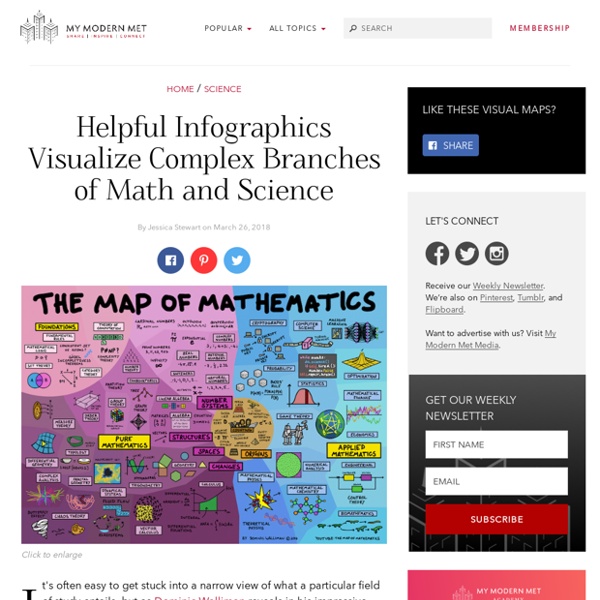



Never-Before-Seen Images Reveal How The Fukushima Exclusion Zone Was Swallowed By Nature Polish photographer Arkadiusz Podniesinski travelled to the site of the Fukushima nuclear disaster last month to see the location with his own eyes. When he obtained permits to enter the roughly 20km (12.5 mile) Exclusion Zone, he was confronted with a scene similar to one from a post apocalyptic film. Podniesinski previously photographed the area around the 1986 Chernobyl nuclear disaster. Show Full Text “It is not earthquakes or tsunami that are to blame for the disaster at the Fukushima Daiichi nuclear power station, but humans,” writes Podniesinski on his website. More info: podniesinski.pl (h/t: designyoutrust) Abandoned vehicles are slowly swallowed up by nature on a stretch of road near the power plant Some of the cars have entirely disappeared in the wild grass Podniesinski shows a radiation reading of 6.7 uSv/h A chained-up motorcycle is slowly absorbed into the field These contaminated televisions were collected and piled up as part of the cleaning efforts
Sperm whale washed up on Spanish coast was killed by plastic pollution Islamic Sects, Schools, Branches & Movements Sunni? Shia? Hanbali? This is an ongoing, evolving diagram which we hope to add to. Thanks to Imran Ali, Andrzej Mendel, Farshad Tami, Sajjad for corrections. See our interactive graphic on the Middle East. » See the data: bit.ly/KIB_Islam» See the full expanse of the Islamic tree in this Wikipedia diagram» Help us make this diagram more accurate – email or comment below mitochondria mutation click 2x You probably know about the 23 pairs of chromosomes safely stowed in your cells’ nuclei. That’s where the vast majority of your genes can be found. But there are 37 special genes — a very tiny fraction of the human genome — located in mitochondria, the structures inside your cells that breathe and produce energy. Repeated copying of mitochondrial DNA introduces errors; if not kept in check, these mutations can give rise to incurable diseases like Leigh syndrome and Leber’s optic neuropathy. Unlike nuclear chromosomes that we get from both parents, only mothers’ mitochondria are passed on to offspring. Despite these predictions, mitochondrial disorders in humans, while debilitating, are relatively rare. Dealing out mitochondria by chance A typical human cell contains hundreds of mitochondria. Recent theoretical work by me and my colleagues predicted a number of solutions that likely evolved to expose and eventually eliminate these hidden defects. But there’s more. Many questions remain.
Eating out increases levels of phthalates in the body, study finds | Society Eating at restaurants and fast food chains may increase exposure to potentially harmful hormone-disrupting chemicals used to increase the flexibility and durability of plastic, a study has found. Researchers investigating levels of phthalates in the human body, which have been linked to asthma, breast cancer, type 2 diabetes and fertility issues in the past few years, were found to be nearly 35% higher in participants who had eaten out the previous day compared with those who stayed at home. Phthalates are binding agents frequently used in food packaging as well as a number of other products including flooring, adhesives soaps and shampoos, and some forms of the chemical have been banned from children’s products in the US. Certain foods, including burgers and sandwiches, were linked to higher phthalate levels in the study, but only if purchased at a fast-food outlet, restaurant or cafe. The association was especially strong for teenagers, researchers found.
InfluVennZa – Which Flu Virus? — Information is Beautiful — Infographics H1N1? H2N5? H7N9? » See the data Corrections / Additions – 28th Jan 2018 – Added Australian Flu H3N2 (link) – 10th April 2013 – “The [H7N9] virus killed thousands of pigs..” There's No Scientific Basis for Race—It's a Made-Up Label This story is part of The Race Issue, a special issue of National Geographic that explores how race defines, separates, and unites us. In the first half of the 19th century, one of America’s most prominent scientists was a doctor named Samuel Morton. Morton lived in Philadelphia, and he collected skulls. He wasn’t choosy about his suppliers. He accepted skulls scavenged from battlefields and snatched from catacombs. One of his most famous craniums belonged to an Irishman who’d been sent as a convict to Tasmania (and ultimately hanged for killing and eating other convicts). Morton believed that people could be divided into five races and that these represented separate acts of creation. “He had a lot of influence, particularly in the South,” says Paul Wolff Mitchell, an anthropologist at the University of Pennsylvania who is showing me the skull collection, now housed at the Penn Museum. Today Morton is known as the father of scientific racism. 1.
World’s great forests could lose half of all wildlife as planet warms – report | Environment The world’s greatest forests could lose more than half of their plant species by the end of the century unless nations ramp up efforts to tackle climate change, according to a new report on the impacts of global warming on biodiversity hotspots. Mammals, amphibians, reptiles and birds are also likely to disappear on a catastrophic scale in the Amazon and other naturally rich ecosysterms in Africa, Asia, North America and Australia if temperatures rise by more than 1.5C, concludes the study by WWF, the University of East Anglia and the James Cook University. The research in the journal Climate Change examined the impact of three different levels of warming – 2C (the upper target in the 2015 Paris agreement), 3.2C (the likely rise given existing national commitments) and 4.5C (the forecast outcome if emissions trends remain unchanged) on nearly 80,000 plant and animal species in 35 of the world’s most biodiverse regions. A partial solution may be relocation.
The UK's current Brexit options in one... - Information Is Beautiful